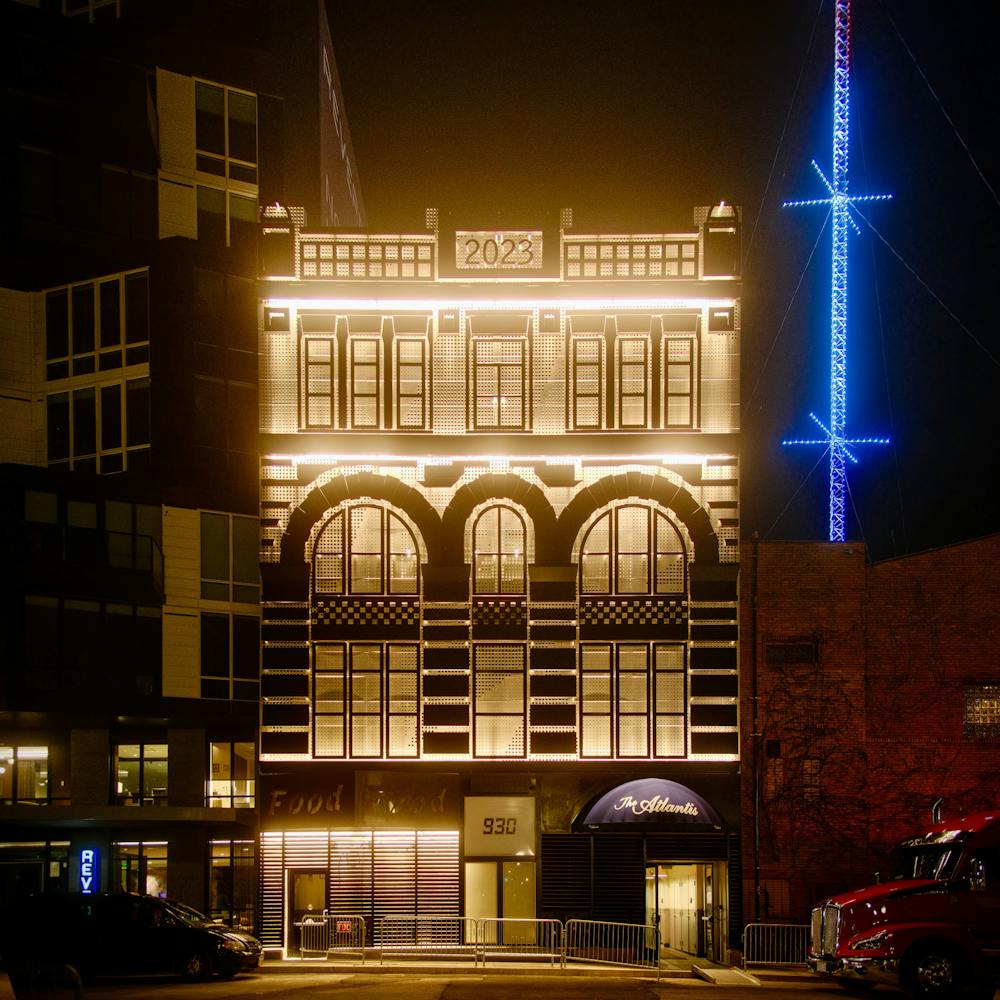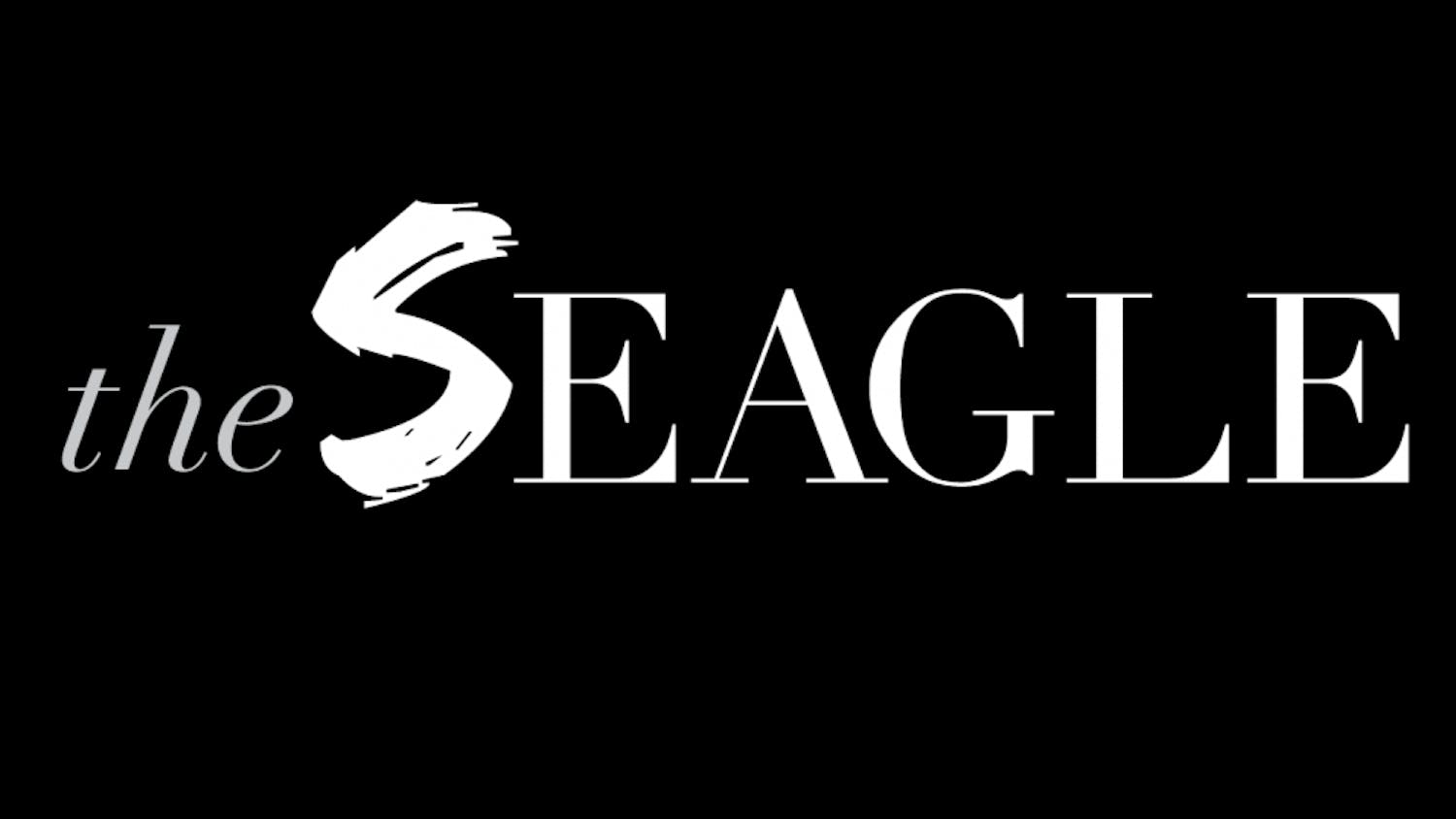The Atlantis opened in 1978 as a place to cultivate the music scene that was thriving in the nation’s capital. Now, over 40 years after closing, the venue is back.
The club reopened on May 30, exactly 43 years after the opening of the original 9:30 Club, originally named The Atlantis. This club was sold and eventually became the current 9:30 Club.
Their 44-show opening lineup featured artists such as the Foo Fighters and Billy Idol, among others who had played at the original 9:30 Club. Tickets were sold through a lottery system, with over half a million requests for the 20,000 available.
According to Jordan Grobe, communications coordinator for It’s My Party, a concert promotion company, the new Atlantis, located on 9th Street NW, invokes as many design elements of the original 9:30 Club as possible, and it starts before attendees even walk in the door.
The outside entrance of The Atlantis is structured nearly identically to the original 9:30 Club, down to the use of the original logo from the club’s original name, said Grobe.
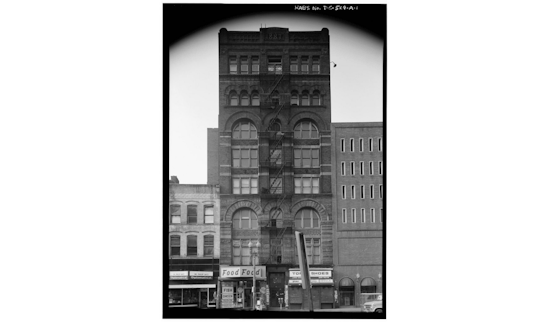
The attention to detail continues upon entering the venue. The floor tiles are done in the same style as the original, mostly around the “mosh pit and the literal circle where they replaced most of those tiles,” according to Grobe.
Attendees might also notice spotlights that shine upwards strategically placed among the crowds, representing places where pillars used to stand in the original 9:30 Club.
“If you were standing at the original 9:30 Club … and you were behind one of those pillars, you couldn’t see much,” Grobe said. “That also meant that if you were moshing you could probably get moshed into a pillar. Which was not ideal, but part of the experience.”
While the original 9:30 Club only had a capacity of 199, The Atlantis added a second floor, upping their capacity to 450. But, in an effort to stay as true to the original layout as possible, the stage remains the same size and tucked into the corner of the room.
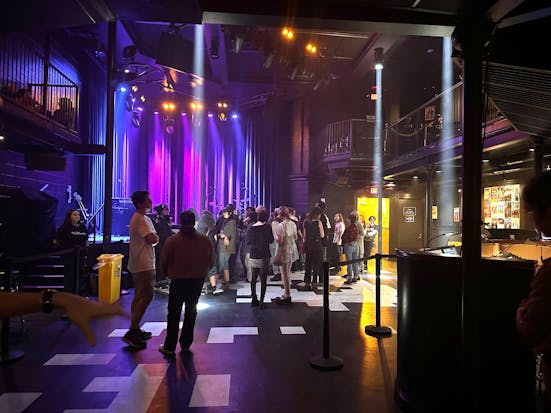
“And when asked why would you ever put a stage in the corner, the answer is because the original 9:30 had it, because it was the only place they could fit it,” Grobe said.
The added benefit of the room arrangement is that it offers “unique sight lines from all over the room to be able to see the artists on stage.”
The hallway leading to the restrooms is paved with original posters from shows played at the original 9:30 Club, including bands like The Fleshtones, REM and Egoslavia. The venue also hosted events like Hairspray dance parties, making it a place for “literally anything and everything,” Grobe said.
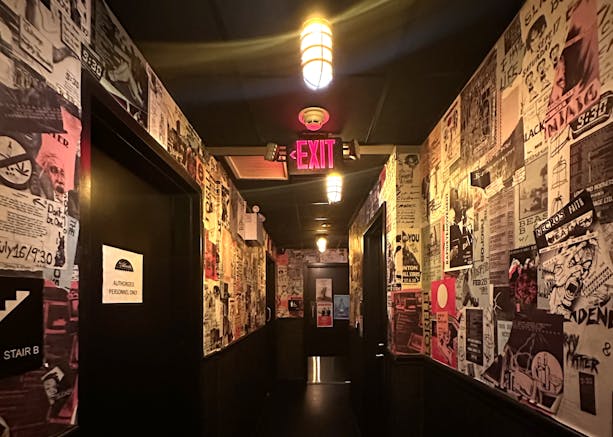
The Atlantis features a rooftop bar and seating area, designed to replicate the street and storefronts outside the original 9:30 Club. The replication includes every aspect of the original block, including identical storefront signs, parking meters and an authentic ‘80s D.C. street lamp.
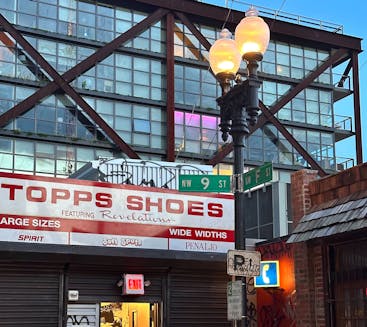
One of the most authentic parts, according to Grobe, is the replication of the graffiti that litters the walls, which was done by “all the same people that tagged 9th and F in the ‘80s.”
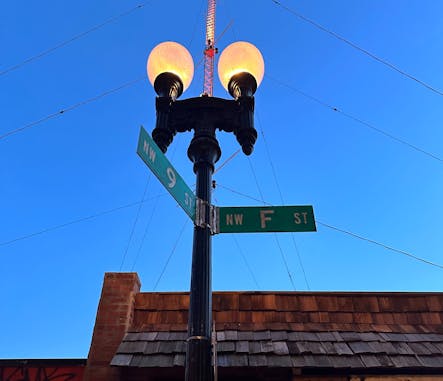
When asked why The Atlantis would put so much effort into recreating the ambiance of the original 9:30, Grobe had a simple answer: “It was our roots.”
“For as long as we had the new 9:30 it is still always referred to as the new 9:30, and those who remember the old club, there’s not really any kind of replacement for it,” Grobe said. “And we weren’t trying to replace it, but we were trying to honor it with The Atlantis.”
The Atlantis was originally opened in 1980 by Kevin Duplain as he attempted to prove that D.C. was capable of cultivating a thriving music scene. During that time, the club hosted a number of now-legendary bands such as The Police and The Red Hot Chili Peppers.
In 1979, Duplain sold the building to Dodi DiSanto and John Bowers who reopened the venue under the name Nightclub 9:30. The club was again sold in 1986 to Seth Hurwitz and Richard Heinecke, co-owners of IMP, which then became the current 9:30 Club.
The current 9:30 Club, located on V Street NW, seats 1,200 people and has placed a focus on discovering up-and-coming alternative acts, hosting artists such as Good Charlotte, Gorillaz and the Beastie Boys.
“All of your favorite artists didn’t start out in stadiums. Beyonce did not start selling 100,000 tickets, Taylor Swift did not start playing 100,000 tickets. They all started in small rooms learning how to cultivate an audience and play to people,” Grobe said. “And these are the types of spaces where they get to do that.”
Correction: A previous version of this article stated that the current 9:30 Club replaced The Atlantis. The article has been updated to correctly state that the building changed ownership and eventually became the current 9:30 club. A previous version of this article stated that the 9:30 club was purchased by Seth Hurowitz. The article has been updated to correct this.
This article was edited by Abigail Hatting, Jordan Young and Abigail Pritchard. Copy editing done by Isabelle Kravis and Luna Jinks.

